Upcycling: A Beacon of Hope
Upcycling is a beacon of hope in our fight against pollution. By giving a second life to what we once considered trash, we are reducing the amount of waste that ends up in our landfills and, subsequently, our oceans.
The Lifespan of Rubbish: A Double-Edged Sword
Rubbish, particularly plastic waste, can last for thousands of years in the environment. This longevity, while harmful when it results in pollution, can also be a boon if we handle our waste responsibly.
Materials that last for millennia can be upcycled into durable goods, reducing the need for new raw materials and the energy consumption associated with their production. For instance, plastic waste can be transformed into building materials, furniture, or clothing, extending its useful life and keeping it out of our oceans and waterways.
Moreover, organic waste can be composted to enrich soil, promoting plant growth and helping to sequester carbon. Even electronic waste can be mined for valuable metals, reducing the need for destructive mining practices.
In this way, the long lifespan of rubbish, when harnessed through responsible waste management and upcycling practices, can contribute to environmental sustainability rather than detract from it.
The Oceanic Impact
Our oceans are the lifeblood of our planet, home to a diverse array of species and a crucial component of the global climate system. However, they are under threat from the staggering amount of waste we produce. Upcycling can play a pivotal role in mitigating this issue.
Upcycling and Waterways
Our waterways are the veins of our planet, connecting ecosystems and communities. They too are suffering from pollution. Upcycling can help alleviate this by reducing the volume of waste that could potentially end up polluting these vital conduits.
Recycle Reefs: A New Hope
One innovative solution is the creation of ‘recycle reefs’. These are artificial reefs made from upcycled materials that provide a habitat for marine life. Not only do these reefs reduce waste, but they also help to restore damaged ecosystems and protect our waterways.
Designing for the Future
Designing rubbish to last into the future is another crucial aspect of upcycling. By creating products that are durable and designed to be reused, we can significantly reduce the amount of waste that ends up in our oceans and waterways.
The Impact on Wildlife
The impact of waste on wildlife is devastating. Animals can become entangled in larger pieces of waste, leading to injury or death. Smaller pieces of waste, particularly plastics, can be ingested by animals, causing internal damage and often proving fatal.
Marine species are particularly vulnerable. Sea turtles, for example, often mistake plastic bags for jellyfish, a staple of their diet. Once ingested, these plastics can cause blockages and starvation. Similarly, seabirds often mistake small pieces of plastic for fish eggs, leading to malnutrition and death.
Furthermore, waste can also lead to habitat destruction. As waste accumulates in our oceans and waterways, it can destroy the delicate ecosystems that many species call home. Coral reefs, for example, are particularly vulnerable to waste pollution. These reefs are biodiversity hotspots, and their destruction could lead to the extinction of countless species.
By upcycling, we can reduce the amount of waste that ends up in our oceans and waterways, protecting these vulnerable species and preserving biodiversity.
The Hidden Threat: Rubbish Tips
Rubbish tips, or landfills, are a hidden threat to our waterways. Over time, they can leak harmful substances into the surrounding environment, poisoning our waterways. Upcycling can help to reduce the amount of waste that ends up in these landfills, protecting our waterways from this hidden threat.
Conclusion
In conclusion, upcycling is more than just a trend; it’s a lifeline for our waterways and oceans. By embracing upcycling, we can help safeguard our planet for future generations.
Join the Upcycling Revolution
The upcycling revolution is not just about transforming waste into wonders; it’s about changing mindsets and lifestyles. It’s about starting and making a change so that our actions today will shape the world of tomorrow.
By joining the upcycling revolution, you’re not just making a statement; you’re making a difference. You’re saying ‘yes’ to sustainability, ‘yes’ to conservation, and ‘yes’ to a healthier planet.
But the revolution doesn’t stop with you. Share your upcycling projects, ideas, and experiences. Start conversations about sustainability in your community. Encourage others to see the potential in what they might consider waste.
Together, we can turn the tide on waste. Together, we can ensure a cleaner, healthier future for our oceans, waterways, and the countless species that call them home. So, are you ready to join the upcycling revolution?
#UpcycleForOceans #SustainableLiving #ZeroWaste #SaveOurOceans #WaterwayWarriors #UpcycleRevolution #EcoFriendly #TrashToTreasure #SustainabilityMatters #ProtectOurPlanet



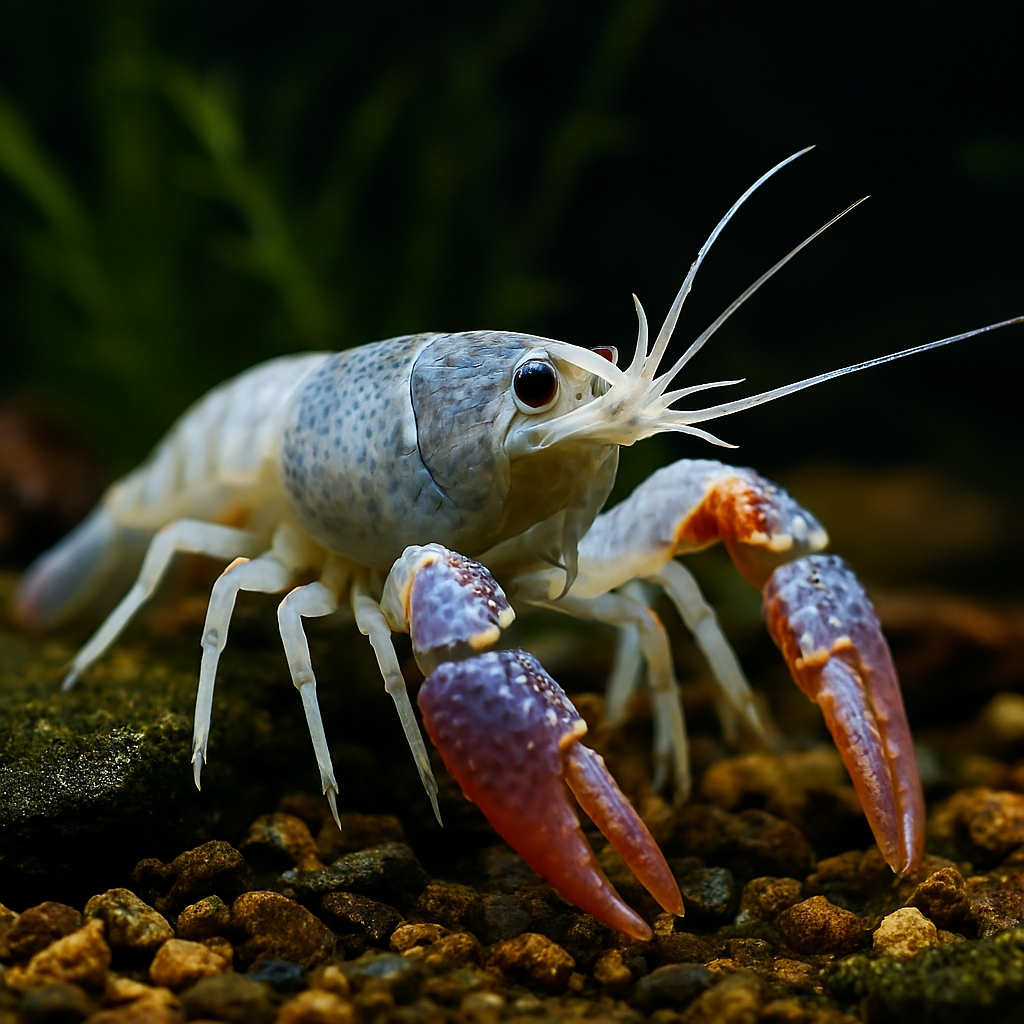
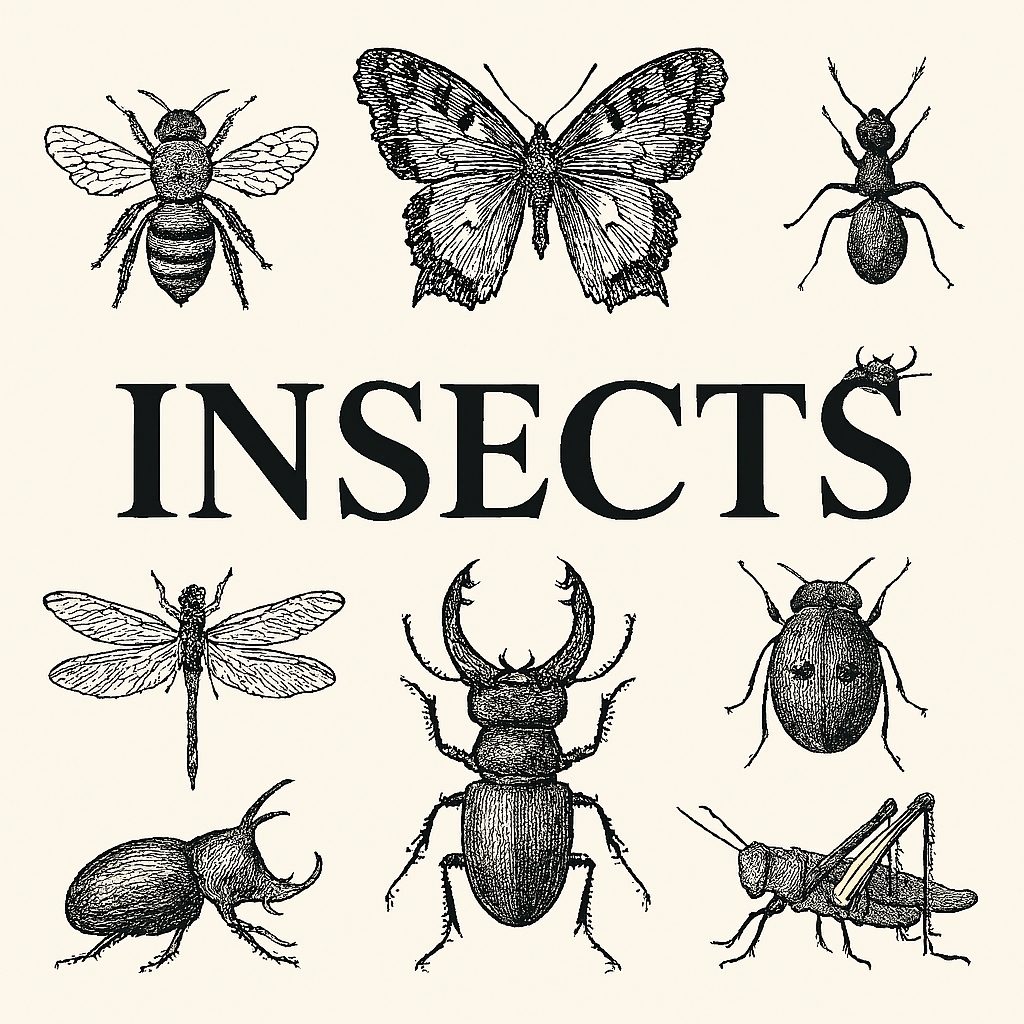




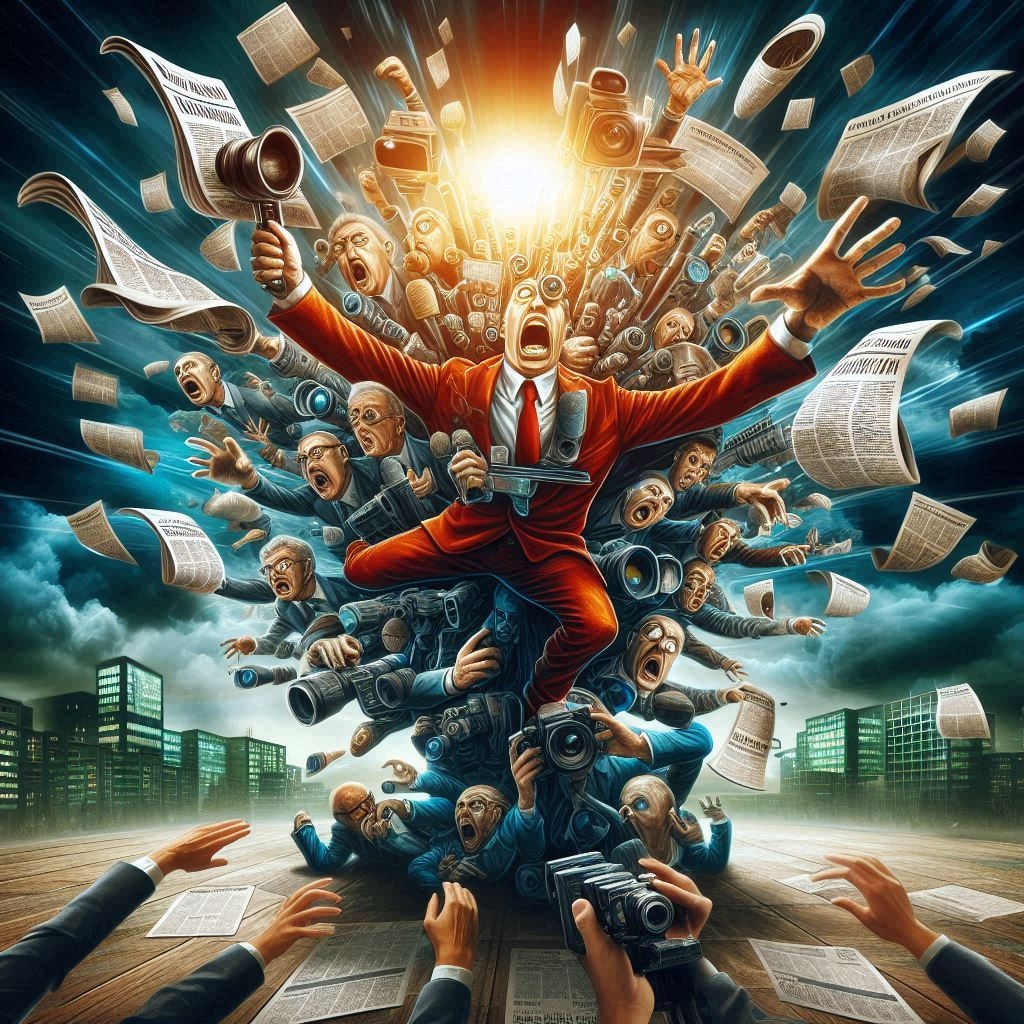

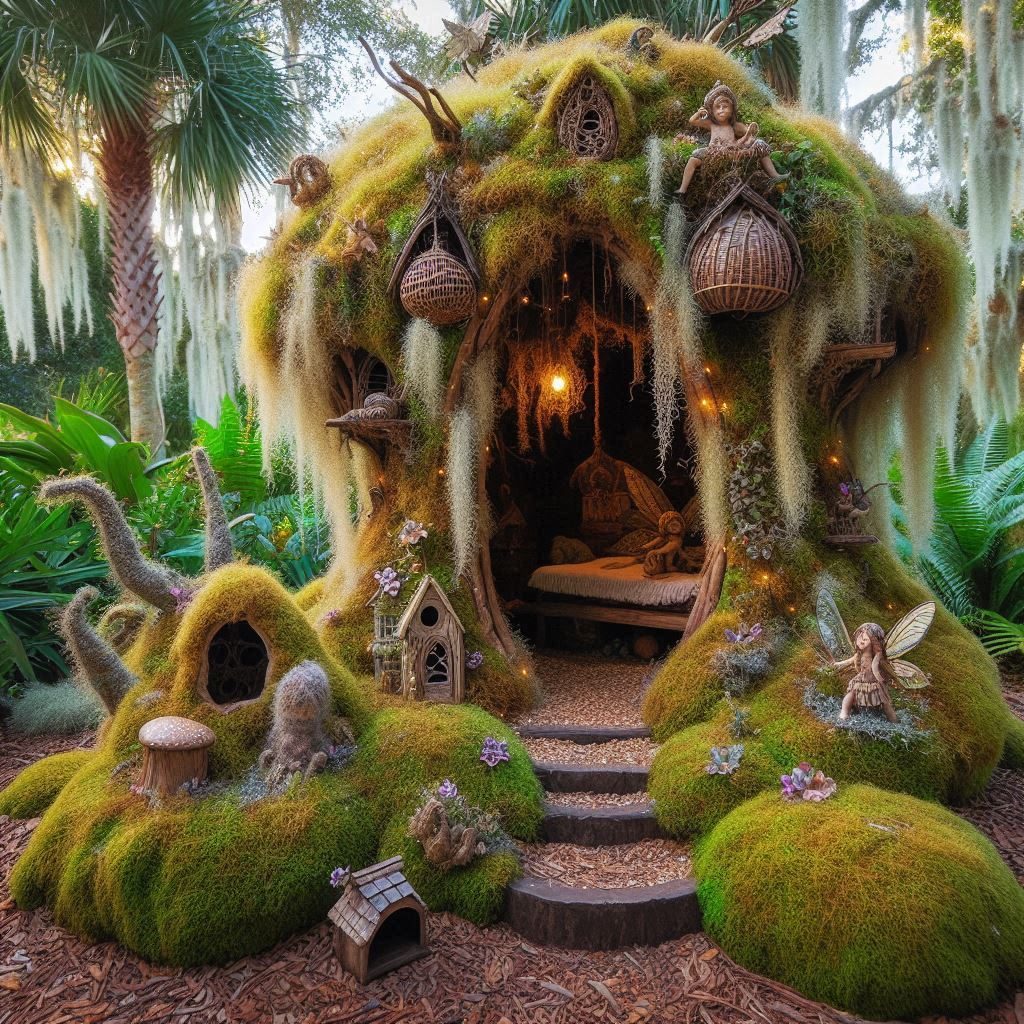
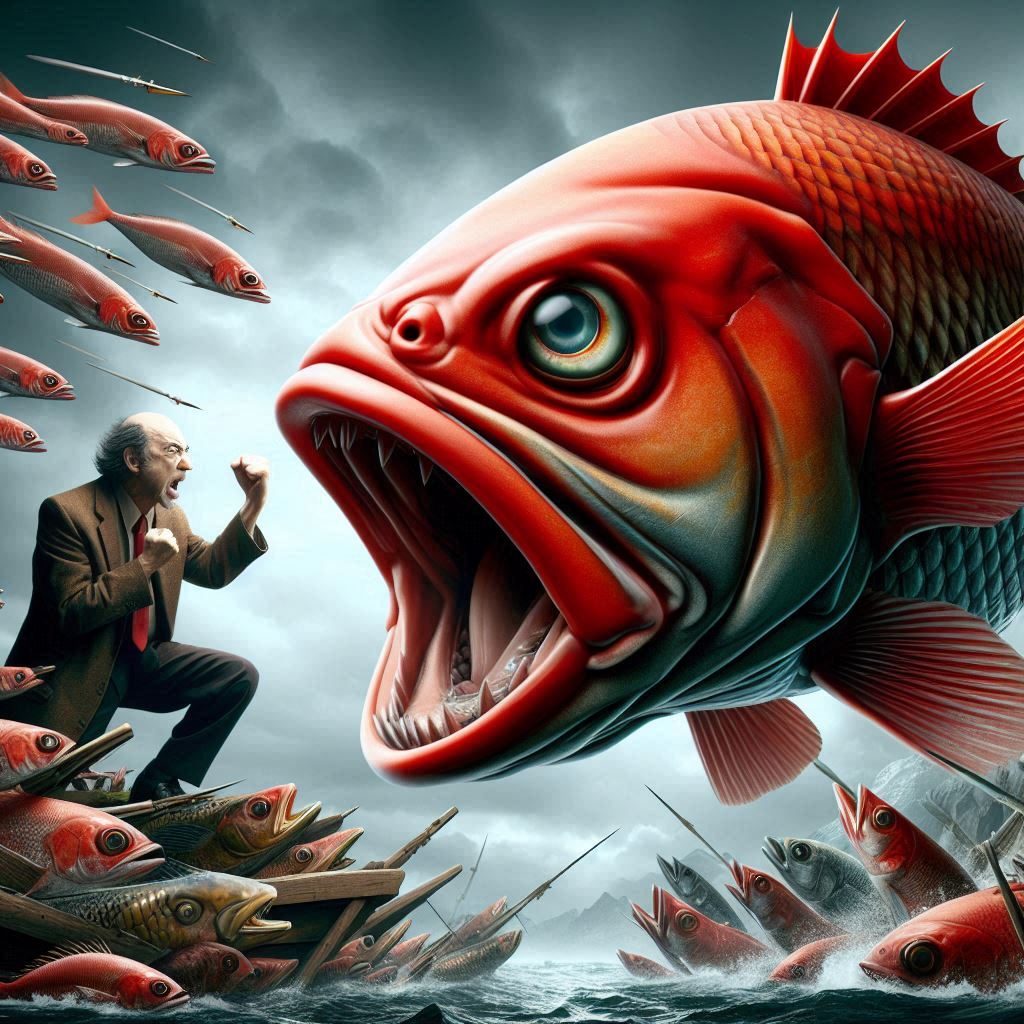
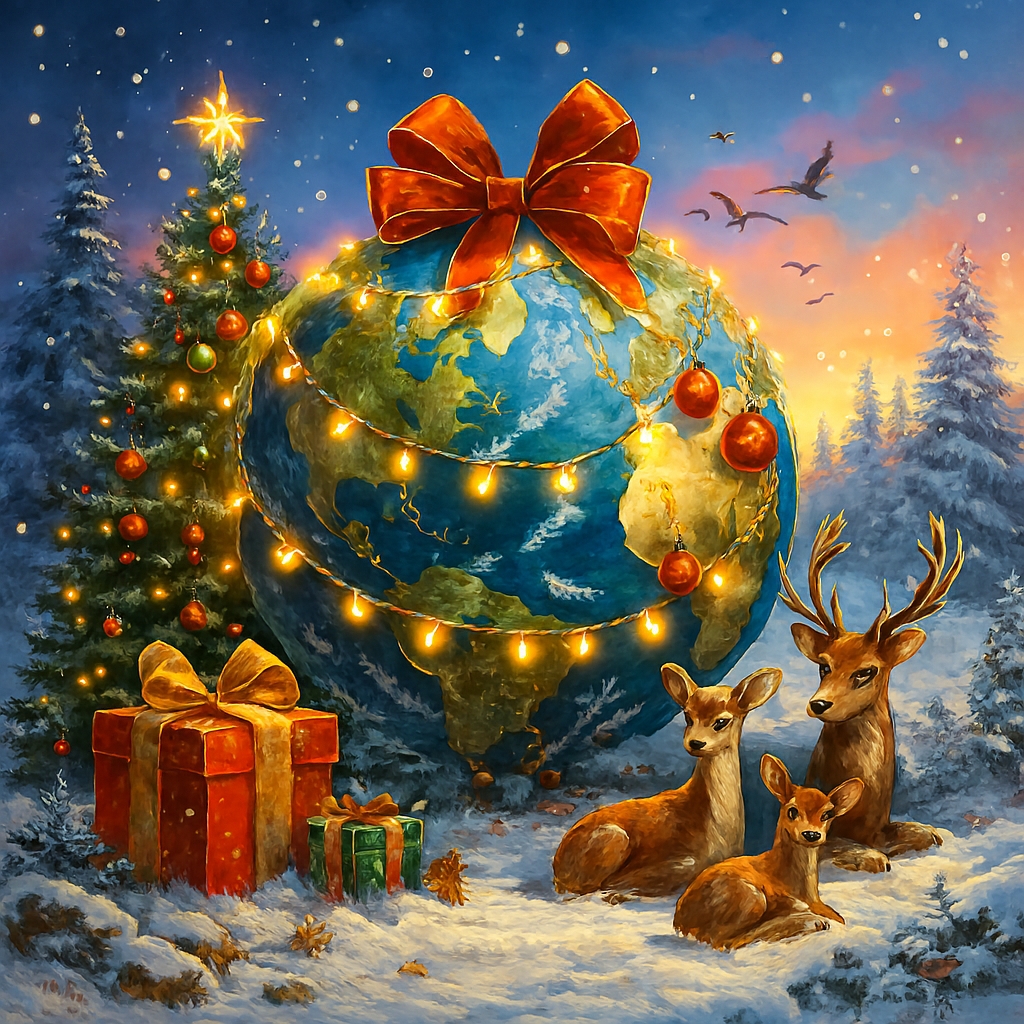
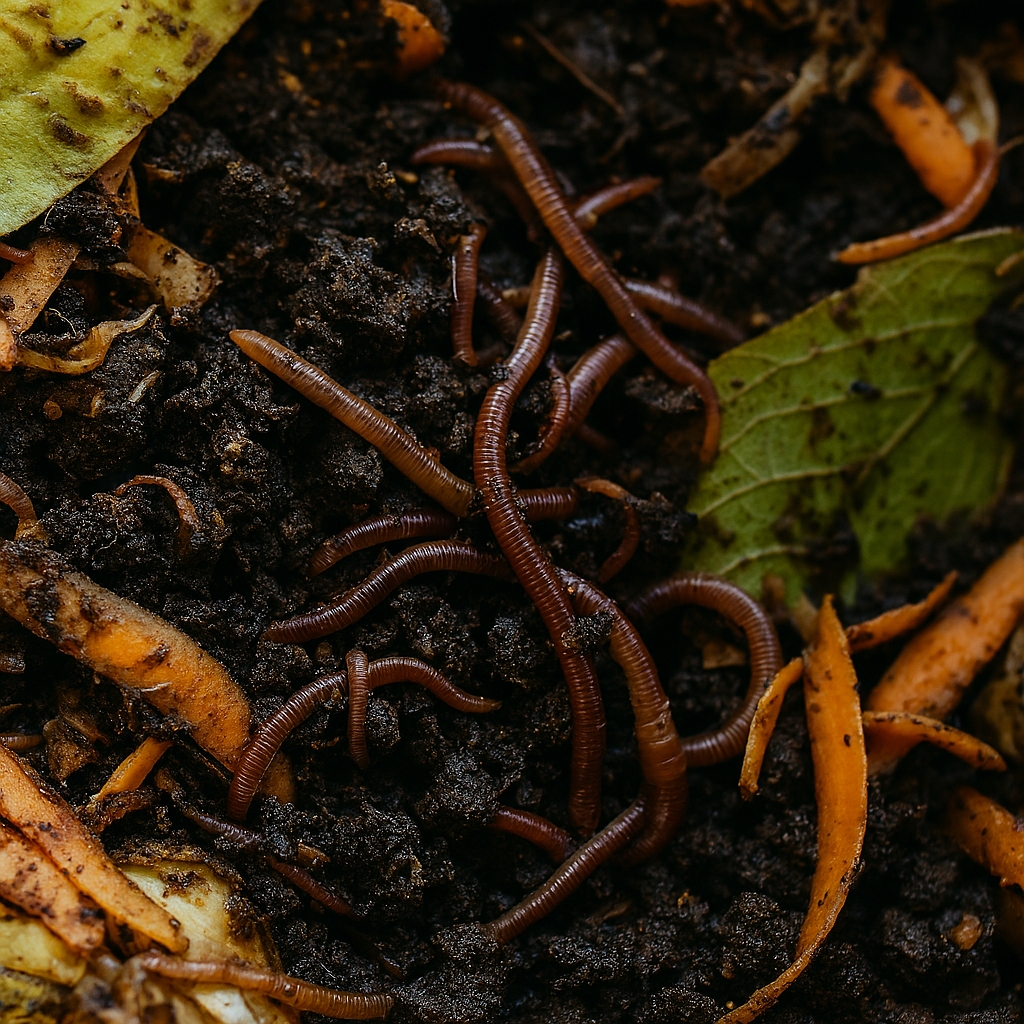
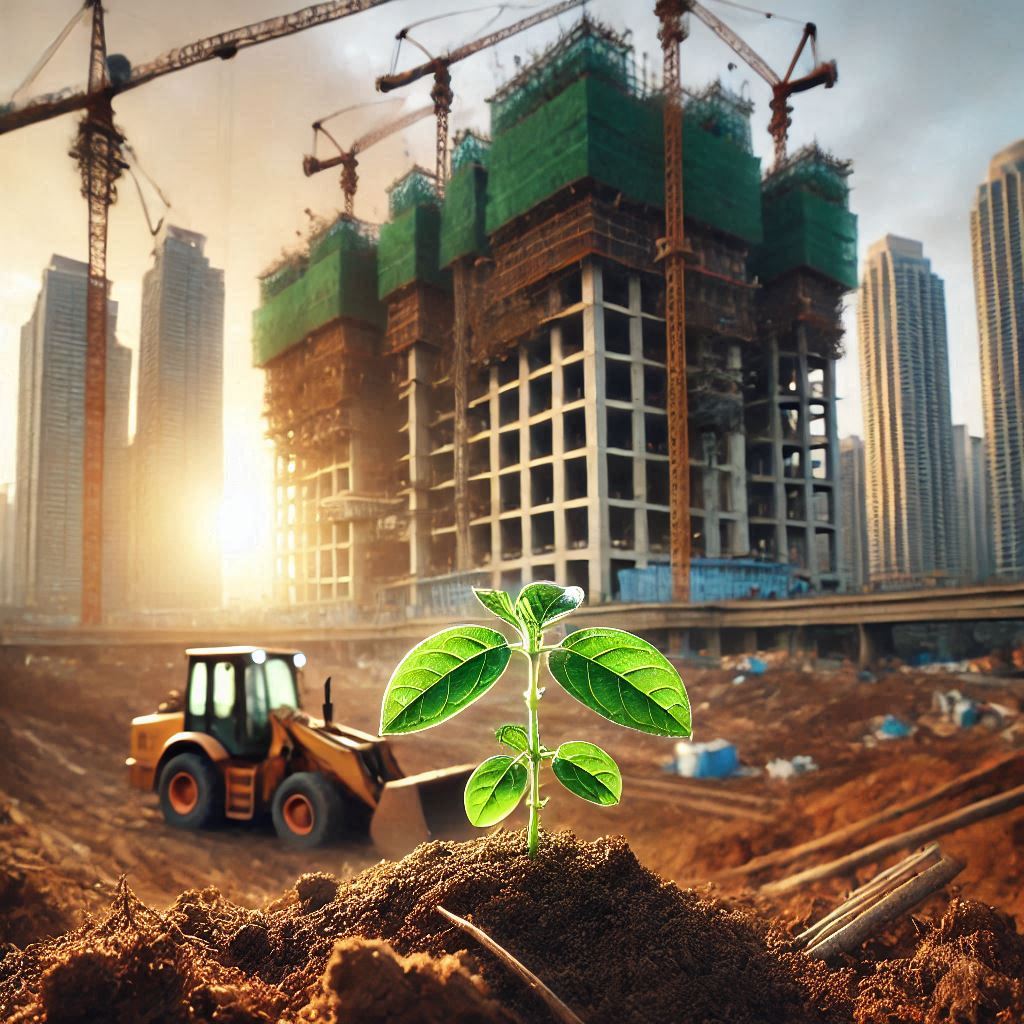

Leave a Reply